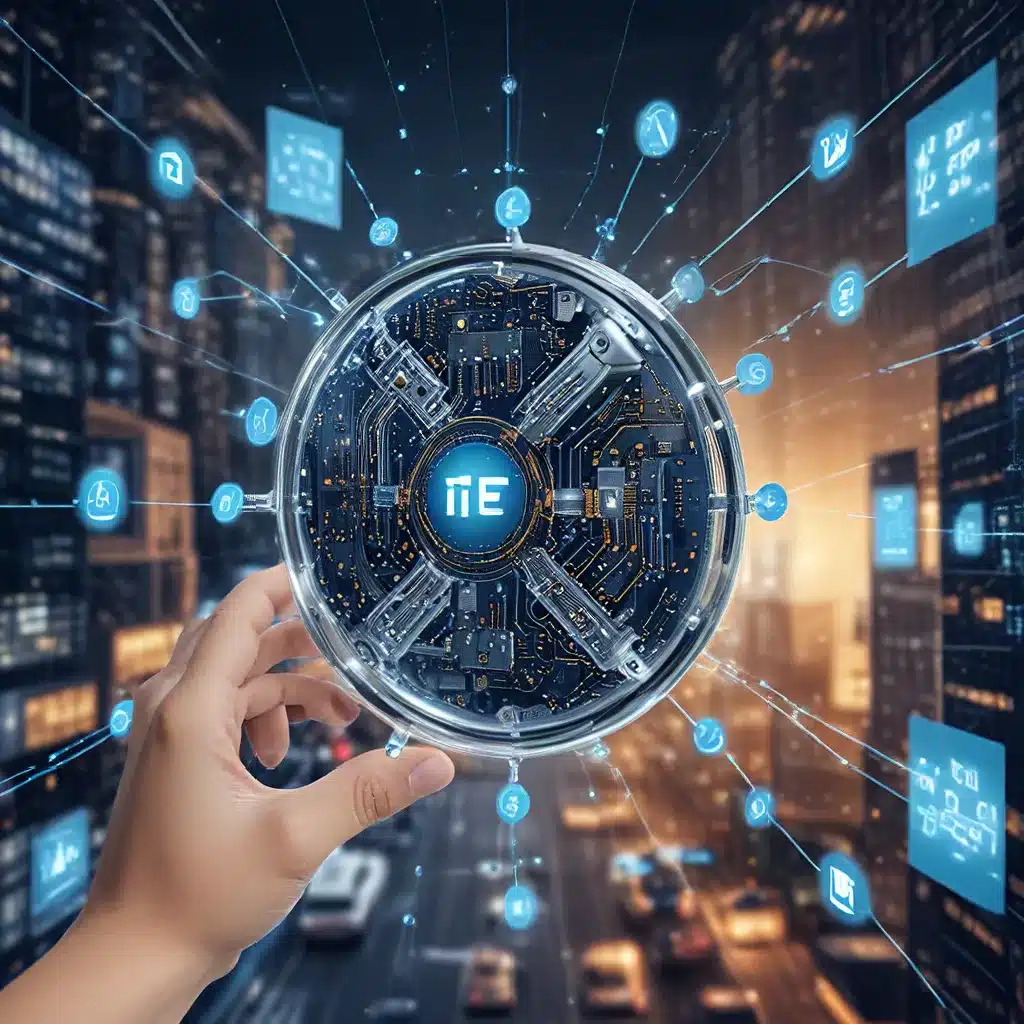
The Convergence of Sensor Networks and Deep Learning
The realm of sensor networks and Internet of Things (IoT) has undergone a remarkable transformation in recent years, with the integration of deep learning technologies paving the way for unprecedented advancements. As the IoT ecosystem continues to evolve, the fusion of sensor data and deep neural networks has unlocked a new era of intelligent and adaptive systems, revolutionizing the way we approach a wide range of applications, from smart cities and industrial automation to healthcare and environmental monitoring.
At the heart of this convergence lies the ability of deep learning algorithms, particularly Convolutional Neural Networks (CNNs), to extract meaningful insights from the vast amounts of data generated by sensor networks. By leveraging the power of deep neural networks, IoT systems can now autonomously process, analyze, and interpret sensor data with unparalleled accuracy and efficiency, driving a paradigm shift in the way we design, deploy, and leverage these interconnected technologies.
Empowering IoT with Sensor Fusion and Deep Learning
The integration of sensor fusion and deep learning has unlocked a new realm of possibilities for IoT applications, enabling intelligent decision-making, automated anomaly detection, and enhanced situational awareness. By fusing data from multiple sensors, IoT systems can create a comprehensive and holistic understanding of their surrounding environments, leveraging deep learning algorithms to identify patterns, recognize objects, and predict future events.
One of the key advantages of this convergence is the ability to process sensor data at the edge, closer to the source of information, rather than relying solely on centralized cloud infrastructure. Edge computing, combined with the efficient processing capabilities of deep learning models, has empowered IoT devices to perform real-time analysis, reduce latency, and enhance privacy – critical factors in applications where responsiveness and data security are paramount.
Sensor Network Design and IoT Applications
The design of sensor networks plays a pivotal role in the successful integration of deep learning and IoT. Factors such as sensor placement, network topology, and communication protocols must be carefully considered to ensure optimal data collection, transmission, and analysis. Wireless sensor networks (WSNs), in particular, have emerged as a versatile and scalable solution, enabling seamless connectivity and distributed intelligence across diverse environments.
The applications of this convergence are wide-ranging and transformative. In the realm of smart cities, deep learning-enabled sensor networks can optimize traffic management, enhance public safety, and monitor environmental conditions, providing city planners with valuable insights for informed decision-making. In the industrial sector, the fusion of sensors and deep learning empowers predictive maintenance, quality control, and energy management, leading to improved operational efficiency and sustainability.
In the healthcare domain, the integration of sensor networks and deep learning has the potential to revolutionize patient monitoring, disease diagnosis, and personalized treatment. Wearable devices and implantable sensors, coupled with deep learning algorithms, can continuously track vital signs, detect anomalies, and alert healthcare providers in real-time, enabling timely interventions and enhancing patient outcomes.
Security and Energy Management in IoT
As the adoption of sensor networks and IoT technologies continues to grow, the issues of security and energy management have become increasingly critical. Cybersecurity threats, such as data breaches and malicious attacks, pose significant risks to the integrity and privacy of sensor data, requiring robust security measures and innovative solutions.
Deep learning-based techniques have emerged as a promising approach to enhancing the security of IoT systems. Anomaly detection algorithms, trained on vast datasets, can identify and mitigate potential threats in real-time, while federated learning and homomorphic encryption enable secure and privacy-preserving data processing, even in distributed environments.
Moreover, the energy efficiency of IoT systems is a crucial consideration, as sensor nodes are often deployed in remote or inaccessible locations, with limited access to power sources. Energy-efficient sensor network design, combined with deep learning-driven optimization algorithms, can significantly extend the operational lifespans of these devices, ensuring continuous and reliable data collection and transmission.
Towards a Smarter and More Sustainable Future
The convergence of sensor networks, IoT, and deep learning represents a transformative shift in the way we approach technology-driven solutions. By harnessing the power of sensor fusion and deep neural networks, we can unlock a new era of intelligent, adaptive, and sustainable systems that address the complex challenges faced by industries, communities, and individuals alike.
As we continue to explore the frontiers of this convergence, the potential applications and implications are vast and far-reaching. From enhancing urban resilience and optimizing industrial processes to revolutionizing personalized healthcare and safeguarding critical infrastructure, the integration of sensor networks and deep learning is poised to shape the future of a smarter and more connected world.